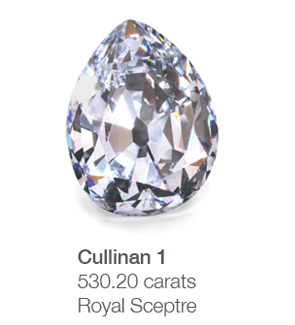-
125 N. York Street
Elmhurst, IL 60126
(630) 832-8800 See Store Hours

-
Click Here to Apply Now
Financing

Click Here to Apply Now
Financing
You can expect to save 10-30% or more from a comparable Earth Mined Diamond. That number can vary because of the limited quantities of Lab Grown Diamonds. Lab Grown Diamonds go through the same cutting process which includes analyzing the rough, planning, cleaving or sawing, bruting, polishing, and final inspection. Because of this, Lab Grown Diamonds are subject to many of the same elements that affect the prices of Earth Mined Diamonds. Also, its important to keep in mind that they are grown in expensive plasma reactors by physicist's using very advanced technology. The cost to produce Lab Grown Diamonds is comparable with the cost of mining them from the Earth. The difference is they touch less hands in the supply chain. We purchase most of our Lab Grown Diamonds from Pure Grown Diamonds, the larger producer of Lab Grown Diamonds in the world.
When it comes to conflict free, Lab Grown Diamonds provide a traceable point of origin and ensure that no human right violations have taken place in the process of growing, cutting, and distributing.
Typically reserved for royalty, type lla diamonds are the most rare form of diamond found in nature and are almost or entirely devoid of impurities. Less than 2% of all Earth Mined Diamonds are type IIa. All of our colorless(white) Lab Grown Diamonds are type IIa. Colored diamonds contain trace elements that give the diamond its color. Boron gives you blue diamonds, Nitrogen yellow diamonds, and other combinations of trace elements create the orange, red, and greens. Pink diamonds are the rarest of colored diamonds and even to this day scientists are still not 100% sure where the pink color comes from (check out this article from the BBC http://www.bbc.com/news/magazine-30584361 ). Natural Pink diamonds contain no impurities so it is not trace elements that give them their color. It is estimated that only 1 in every 10,000 diamonds mined is a fancy colored diamond and only 1% of those are pink diamonds. Now, for the first time, you have access to buy beautiful colored Lab Grown Diamonds at a fraction of the cost. You can easily save 90% or more on pink colored Lab Grown Diamonds when compared to natural Earth Mined colored diamond.



|
Learn how we use cookies in our Privacy Policy or manage cookie preferences. |
|
|
|
|